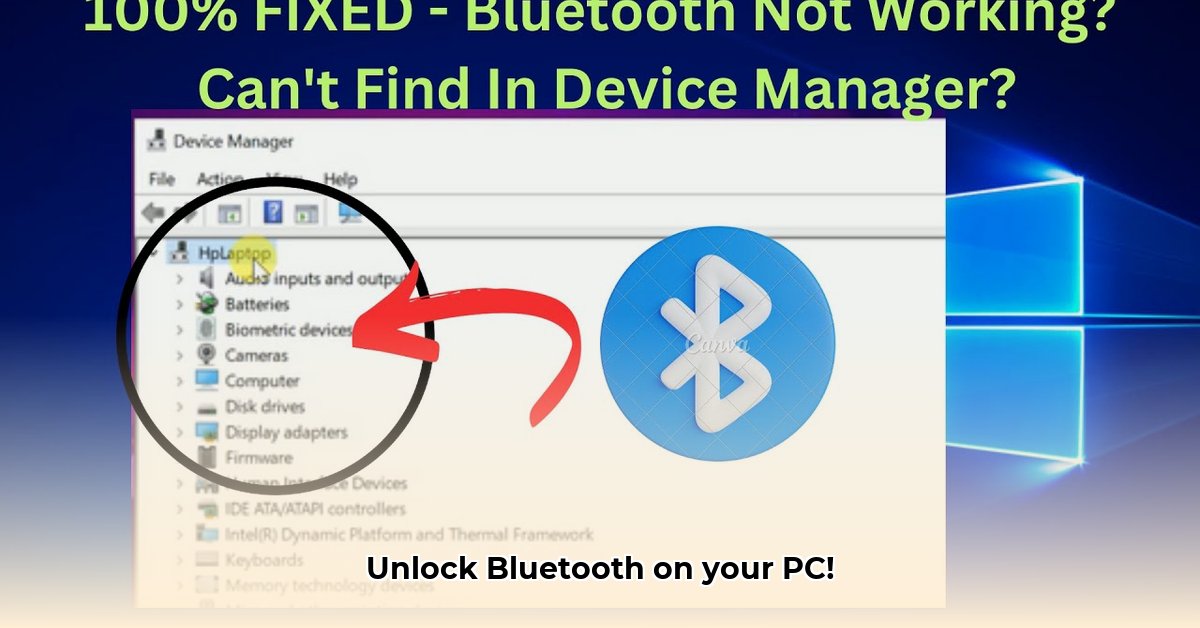
Getting Bluetooth functionality on your PC is usually a straightforward process, but before downloading Intel's driver, understanding the license agreement is crucial. This guide breaks down the Intel Wireless Bluetooth Driver License Agreement in plain English, highlighting key aspects, potential pitfalls, and mitigation strategies. Whether you're a tech novice or an experienced user, this guide will help you navigate the agreement and use the software responsibly. For additional Bluetooth driver resources, check out this helpful guide.
Understanding the Intel Bluetooth Driver License: Demystifying the Legal Jargon
Intel's license agreement grants you permission to use their Bluetooth driver software, but with conditions. It's a non-exclusive license (you can't resell the software), non-transferable (you can't give it to someone else), and revocable (though highly unlikely). These standard software license limitations protect Intel's intellectual property.
Key Points: The Essentials You Need to Know
Several crucial sections warrant close attention:
Limited Liability: Intel's liability for issues arising from the software is often capped at a low amount (typically under $100). This doesn't leave you completely unprotected, but it significantly limits Intel's financial responsibility. Are you comfortable with this level of protection? Having backup data and plans is advisable.
Confidentiality: You agree not to disclose Intel's proprietary information. This standard clause protects their intellectual property. It’s about keeping Intel’s trade secrets, well, secret.
Export Controls: This section addresses legal restrictions on exporting the software to specific countries or using it for certain purposes, complying with international law. It's unlikely to impact most users.
Data Collection: Intel likely collects data on how you use the software. Their separate privacy policy details this data collection and usage. Reading this policy is strongly recommended for transparency. Knowing what information Intel collects and how they use it is important.
Do you have questions about data privacy and how it relates to the use of this driver?
A Step-by-Step Guide to Understanding the License
No legal expertise is needed to understand this. Here’s a practical approach:
Read the Entire Agreement Carefully: Don't just skim; read every section thoroughly.
Focus on Restrictions: Pay close attention to liability limits, usage restrictions, and confidentiality and data requirements.
Evaluate Your Options: Remember, you're not obligated to use the software. Alternative Bluetooth drivers are available.
Seek Legal Advice (If Necessary): If anything is unclear or concerning, consult a lawyer. Prevention is always better than a cure.
Did you know that many users overlook the importance of reviewing software license agreements before installing the software?
Risk Assessment and Mitigation Strategies
Let's analyze potential risks and their mitigation:
| Risk Factor | Potential Impact | Mitigation Strategy |
|---|---|---|
| Low Liability Cap | Limited financial recourse | Use the software cautiously, focusing on non-critical tasks; utilize regular data backups. |
| Confidentiality Breach | Legal repercussions | Never share the software or Intel's technical information with unauthorized individuals or entities. |
| Export Control Violation | Legal penalties | Ensure full compliance with export control laws and regulations in your area. |
| Unclear Data Collection Practices | Privacy concerns | Thoroughly review Intel's privacy policy; consider alternatives if you have significant concerns. |
What measures will you take to minimize the risks when using Intel Bluetooth drivers?
Making Informed Decisions
Remember, software downloads always involve some risk. Weigh the benefits against the potential risks before downloading. If you accept the terms, proceed. If not, explore alternatives! Don't rush the process; choose what best suits your needs and comfort level.
Negotiating Better Terms (for Businesses)
While individual users are unlikely to negotiate directly with Intel, businesses might have more leverage. Here's how:
Clearly Define Needs: Describe your usage scenario comprehensively, emphasizing scale and potential benefits to Intel.
Highlight Commercial Value: Show how the drivers support successful projects or sales.
Propose Alternative Solutions: Suggest alternative licensing models or clarifications.
Seek Legal Counsel: Consult legal experts to understand your legal position and identify appropriate negotiation points.
What are the most important factors your business considers when evaluating a software licensing agreement?
Mitigation Strategies for Businesses
| Action/Activity | Risk Level | Mitigation Strategy |
|---|---|---|
| Business Use of Drivers | Medium | Assume the strictest interpretation of the license; get clarification from Intel support. |
| Modifying Driver Code | High | Avoid modifications unless explicitly permitted in the license. |
| Distributing Modified Code | High | This is strictly prohibited; legal assistance is strongly recommended. |
Remember, understanding and complying with the formal license agreement is key. Always prioritize caution and transparency.
⭐⭐⭐⭐☆ (4.8)
Download via Link 1
Download via Link 2
Last updated: Monday, April 28, 2025